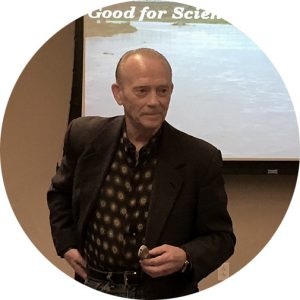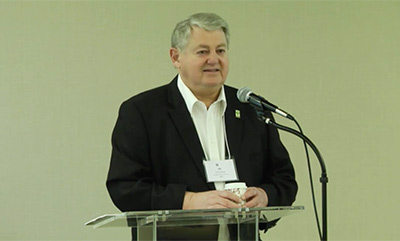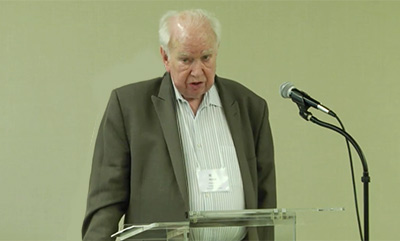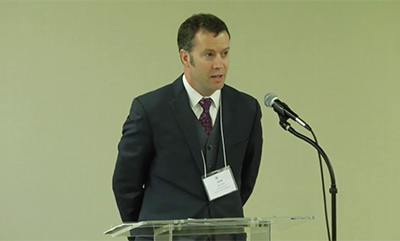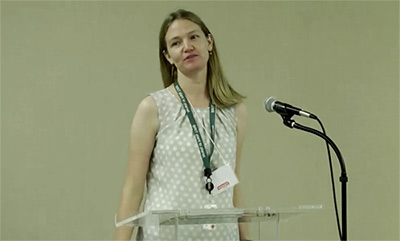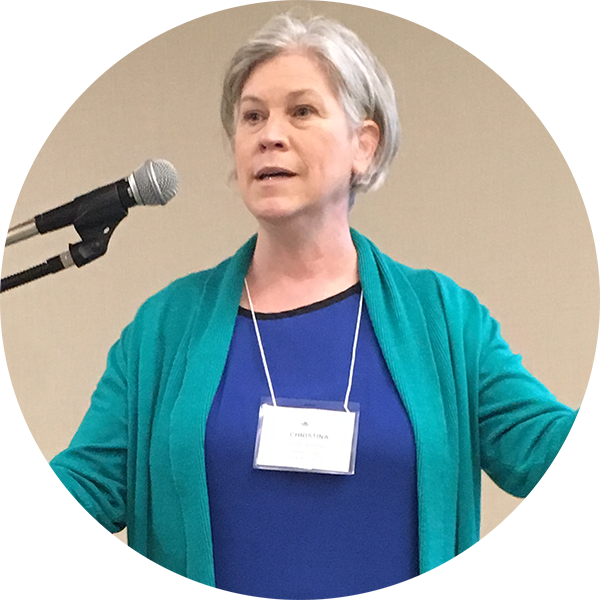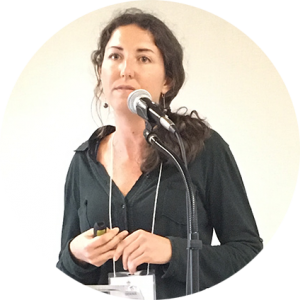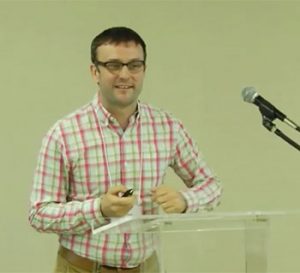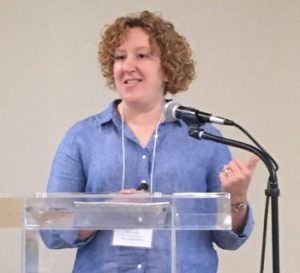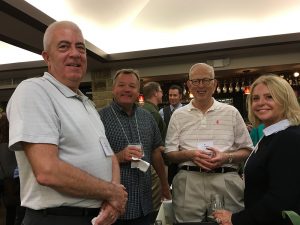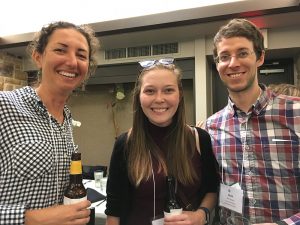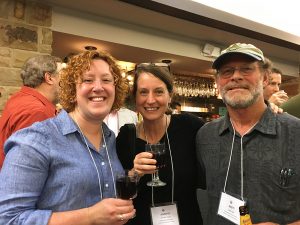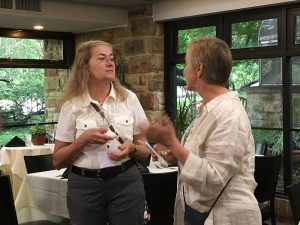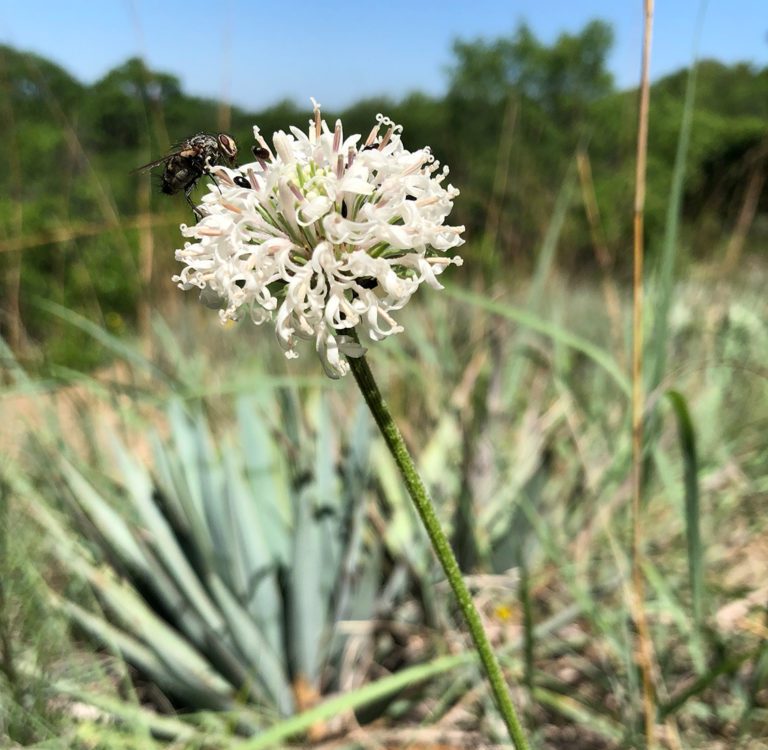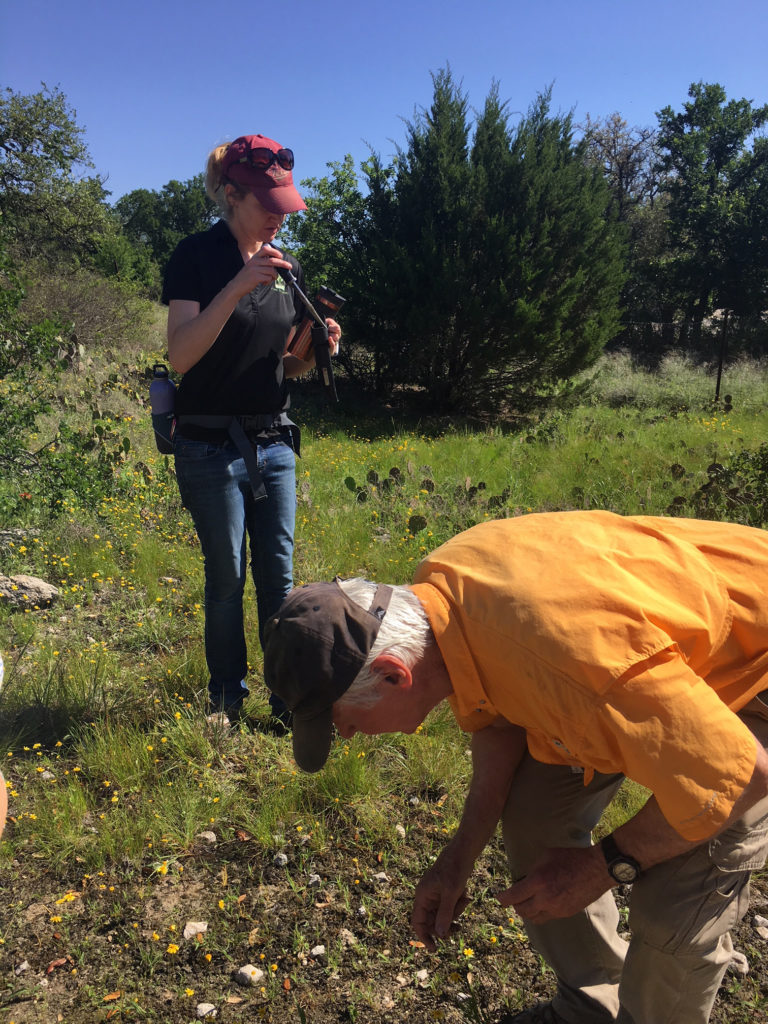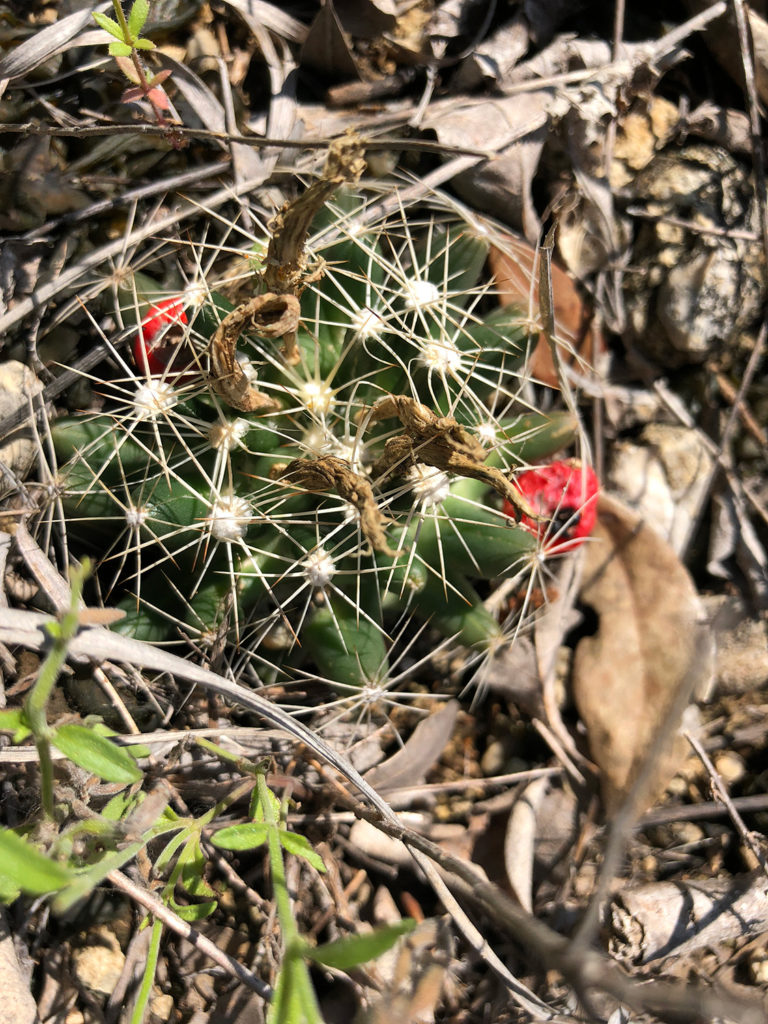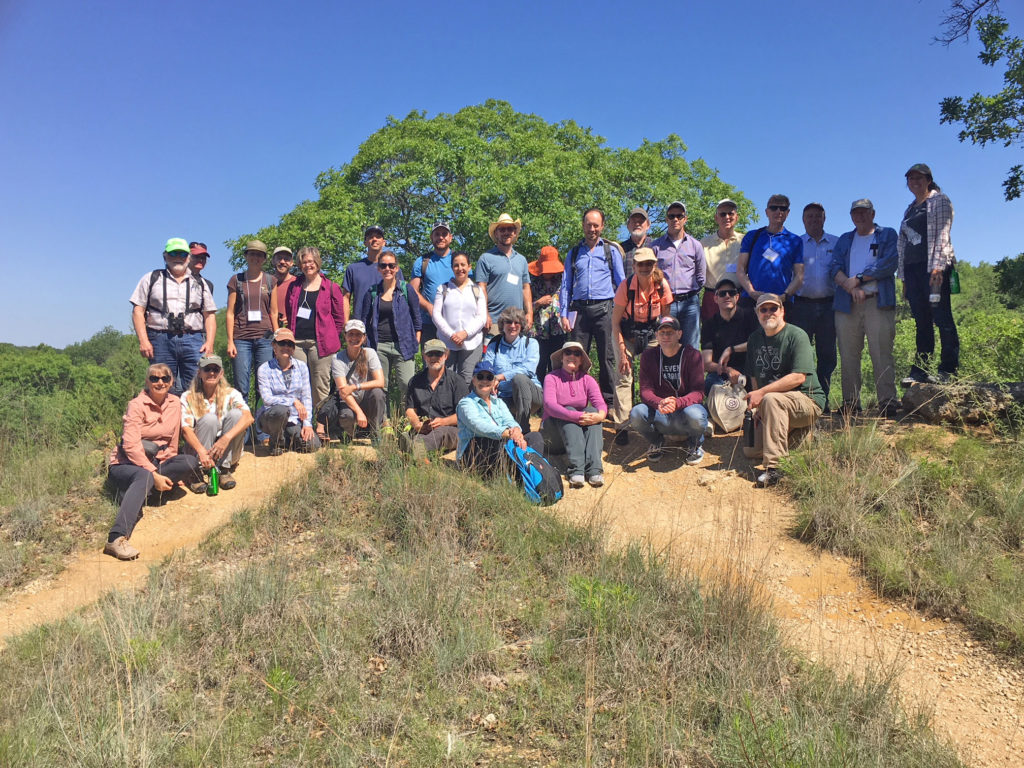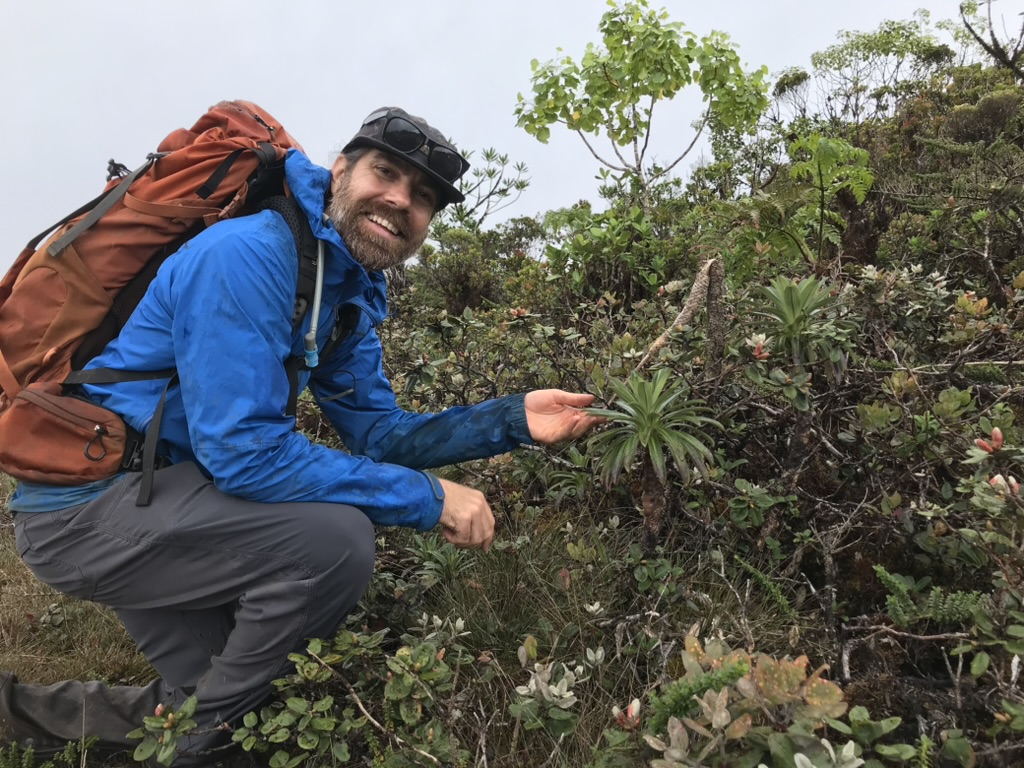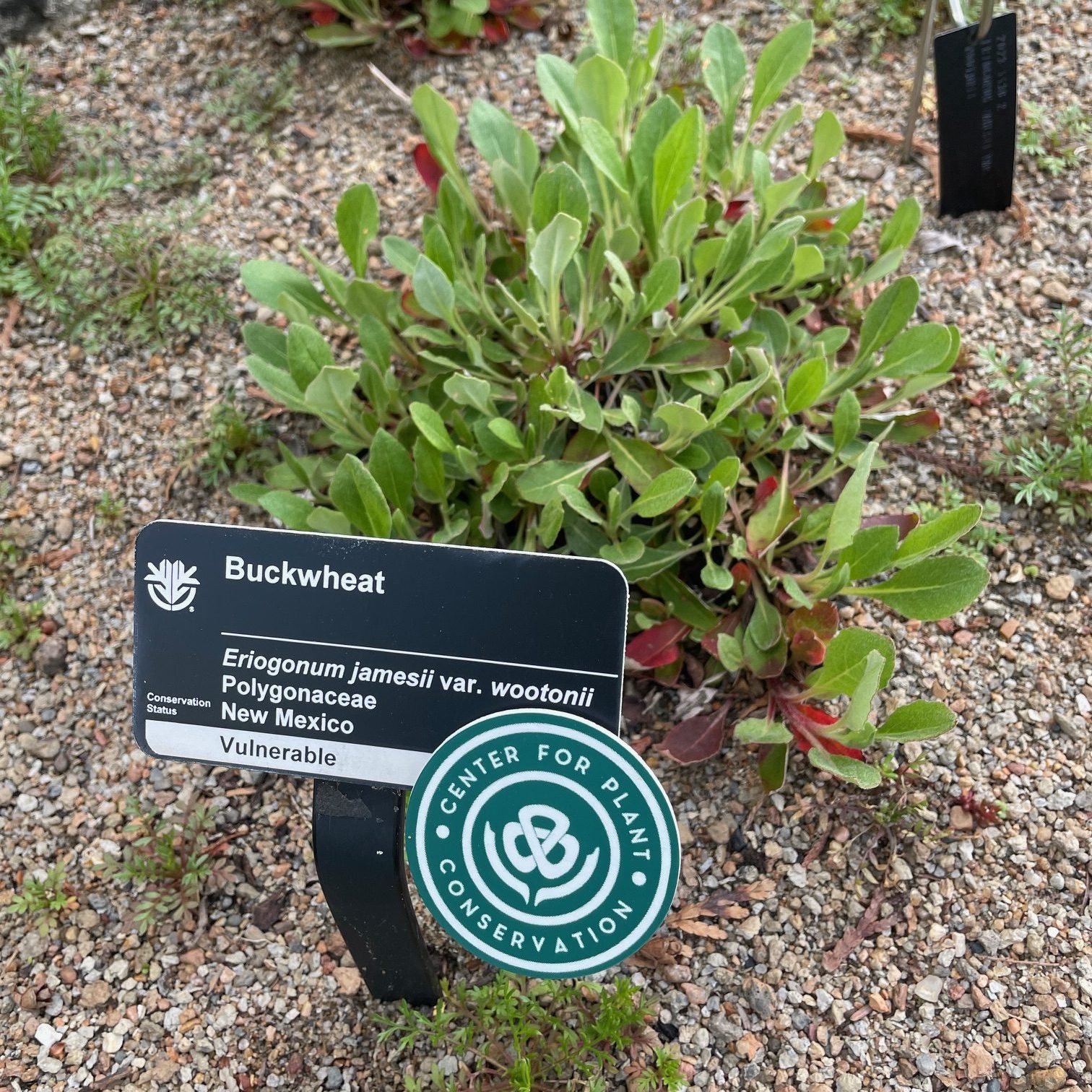Each year the Center for Plant Conservation (CPC) presents the Star Award to honor those who demonstrate the concern, cooperation, and personal investment to conserve our imperiled native plants. This year the CPC’s Star Award was presented to Ed Schneider for his “determined efforts in advocating for plants and in leading three exceptional institutions towards ever-greater conservation outcomes” which “have helped save some of the nation’s rarest plant species from extinction.” For 30 years, Schneider has helped to save many of the endangered plant species on the CPC list and has been instrumental, in the words of CPC President John Clark, in “increase[ing] CPC’s capacity to care for these plants by bringing three participating institutions into the network.”
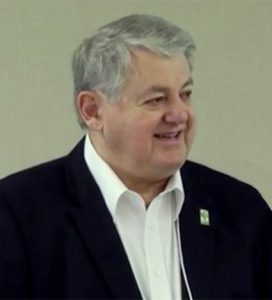
Following the award ceremony, the attendees were treated to a lively keynote address by Barney L. Lipscomb, the Dorothea Leonhardt Chair of Texas Botany and a prominent Texas botanist, on the history of botanical discovery in Texas. Barney highlighted the wealth of information available due to “collectors and collections over the last 197 years.” Lipscomb noted, however, that even though collections may be “leading the way to advances in plant science and conservation,” there is a current decline in collecting plants. The importance of these collections is in the wealth of information they provide—collections are “good for science and good for conservation in the 21st century.”
